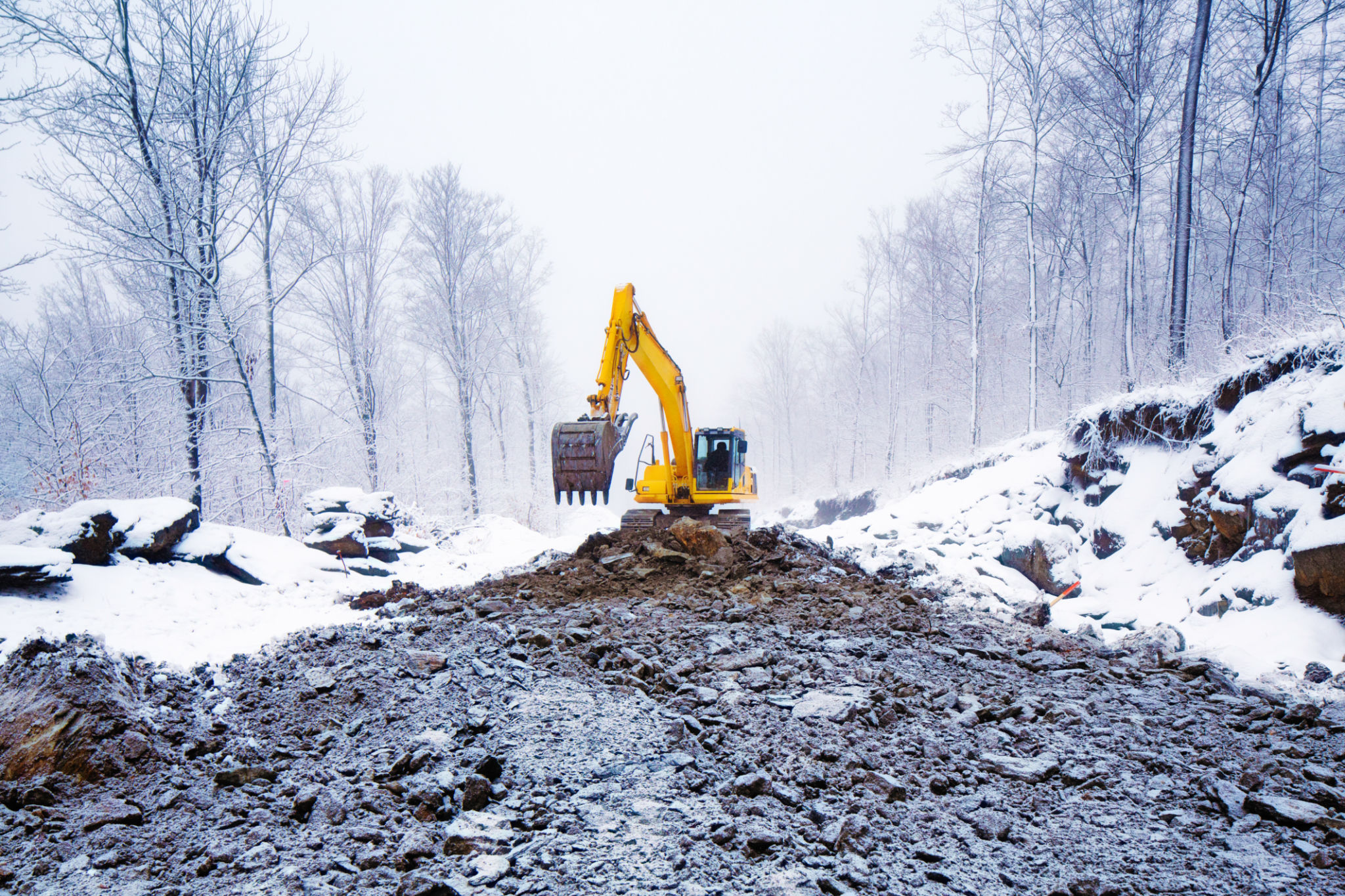Preparing for Home Renovation: A Seasonal Checklist for Safe Scaffolding
Understanding the Importance of Seasonal Scaffolding
When undertaking a home renovation, especially one that involves working at heights, using scaffolding is often necessary. The key to a successful and safe renovation project is understanding how seasonal changes can impact scaffolding use. Whether it's spring showers or winter ice, each season presents unique challenges that must be addressed to ensure safety and efficiency.

Spring: Preparing for Rain and Growth
Spring brings new life and, often, plenty of rain. When setting up scaffolding during this season, it's crucial to ensure that the ground is stable. Muddy or soft soil can cause scaffolding to shift or sink, leading to potentially dangerous conditions. Consider using base plates or mud sills to distribute the weight of the scaffolding more evenly.
Additionally, be mindful of any growing plants or trees that might interfere with your scaffolding. Trim back any overhanging branches to maintain a clear and safe workspace.
Summer: Dealing with Heat and Sun
The summer months mean longer days and more sunlight, which can be beneficial for renovation projects. However, the intense heat can also pose risks. Ensure that all workers are staying hydrated and taking regular breaks to prevent heat exhaustion.
When setting up scaffolding, choose materials that do not conduct heat. Metal scaffolding can become dangerously hot under the sun, so consider using wooden planks or other heat-resistant materials where possible.

Fall: Navigating Leafy Hazards
As the leaves begin to fall, it's important to keep your work area clear. Leaves can create slippery surfaces on scaffolding platforms and ladders, increasing the risk of slips and falls. Regularly clean your scaffolding platforms to remove any debris and ensure a stable working environment.
The cooler temperatures can also affect the stability of scaffolding materials. Inspect all components regularly for any signs of wear or damage, and replace them if necessary to maintain safety standards.
Winter: Confronting Cold and Ice
Winter presents some of the most challenging conditions for home renovation projects involving scaffolding. Ice and snow can accumulate on platforms, creating dangerously slippery surfaces. Use salt or sand to improve traction and prevent falls.
Moreover, cold temperatures can make scaffolding materials brittle and more susceptible to breakage. Regular inspections are essential during this time to ensure all parts are in good condition. Consider using scaffolding with non-slip surfaces or protective coverings.

General Safety Tips for All Seasons
No matter the season, certain safety practices should always be followed when working with scaffolding. Here’s a general checklist to keep in mind:
- Always wear appropriate safety gear, including helmets and harnesses.
- Ensure scaffolding is set up by qualified professionals.
- Regularly inspect scaffolding for stability and damage.
- Keep tools and materials organized to prevent trips and falls.
By understanding the seasonal challenges and following these guidelines, you can ensure that your home renovation project proceeds smoothly and safely throughout the year.
